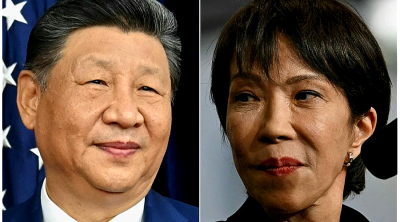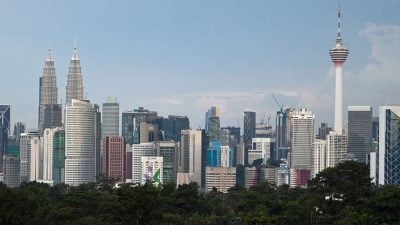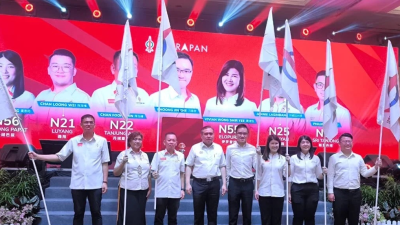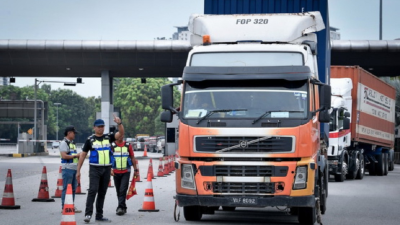
China’s dilemma and ASEAN-GCC axis
China, though not a direct party to the India-Pakistan dispute, finds itself encumbered.
It has massive infrastructure projects in both countries under the Belt and Road Initiative (BRI).
Its strategic partnership with Pakistan—epitomized by the China-Pakistan Economic Corridor (CPEC)—is critical to China’s access to the Arabian Sea.
At the same time, Beijing’s economic ties with India remain crucial in trade and technology.
If South Asia slips into a prolonged conflict, China’s balancing act collapses. And with it, the potential for constructive convergence in its dialogues with ASEAN and the GCC.
China’s engagements through the Digital Silk Road and Global Civilizational Initiative depend on regional stability.
If one of Asia’s key sub-regions burns, the entire architecture of “Asian centrality” crumbles.
Enter Australia: A democratic partner anchoring ASEAN
In this increasingly fraught context, Australian Prime Minister Anthony Albanese’s commitment to attend the ASEAN Summit in Kuala Lumpur carries amplified significance.
It is not merely a diplomatic formality—it is a vote of confidence in ASEAN’s centrality at a time when multilateralism is under siege.
Albanese, who made Indonesia his first overseas destination after his re-election, has publicly reaffirmed his willingness to engage deeply with ASEAN leaders.
More crucially, he has expressed an open willingness to convene and meet within the ASEAN framework to address urgent regional concerns—be they economic, ecological, or geopolitical.
This readiness reflects Canberra’s recognition that regional diplomacy must be proactive, not reactive, and that ASEAN summits cannot be reduced to ceremonial encounters.
Australia’s strategic intent is clear: to embed itself within the Indo-Pacific’s core institutional architecture and lend weight to ASEAN’s convening power.
Albanese’s participation will ensure that the dialogue with GCC states, China, Japan and South Korea is not eclipsed by South Asia’s descent into crisis.
His presence brings both balance and ballast to ASEAN-led diplomacy.
Conclusion: From conflagration to containment
South Asia is no longer just a theatre of its own tragedy. It is a global flashpoint whose fallout could reach the shores of ASEAN, disrupt GCC diplomacy, and test China’s regional balancing.
The conflict between India and Pakistan—once dismissed as a bilateral issue—must now be seen for what it is: a systemic risk to Asia’s future.
As the international system slides deeper into fragmentation, the strategic interdependence of Asian sub-regions becomes both a source of vulnerability and a platform for peace.
ASEAN must act not just as a convening body, but as a stabilizing force—before South Asia’s conflagration becomes everyone’s catastrophe.

(Prof Dr Phar Kim Beng is Expert Committee Member of the Centre of Regional Strategic Studies, CROSS, and Professor of ASEAN Studies at ISTAC-IIUM.)
ADVERTISEMENT
ADVERTISEMENT








































